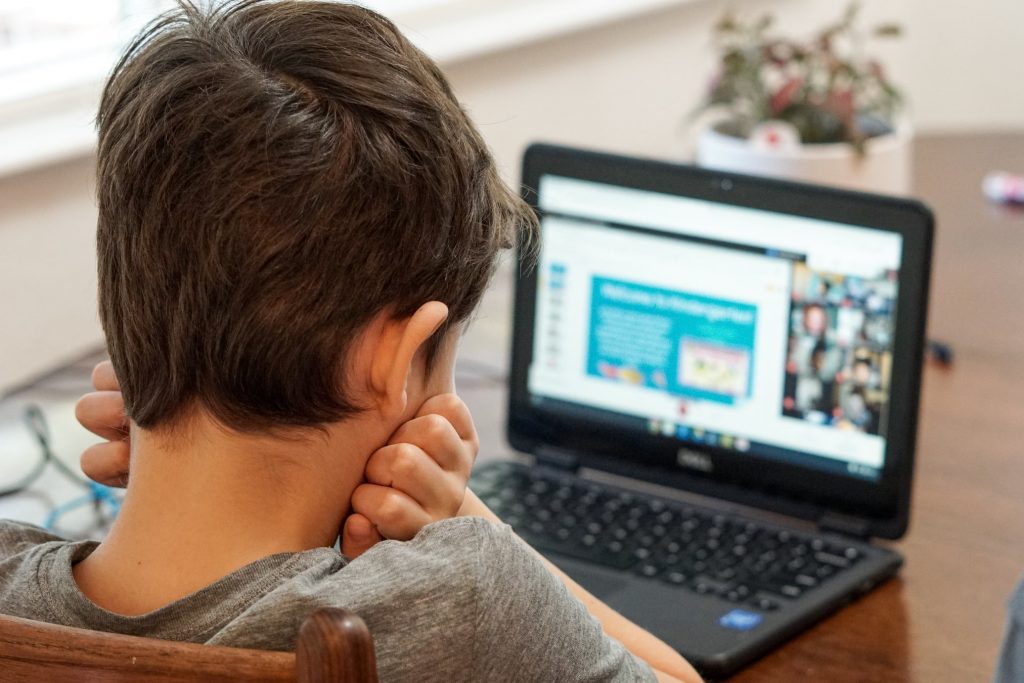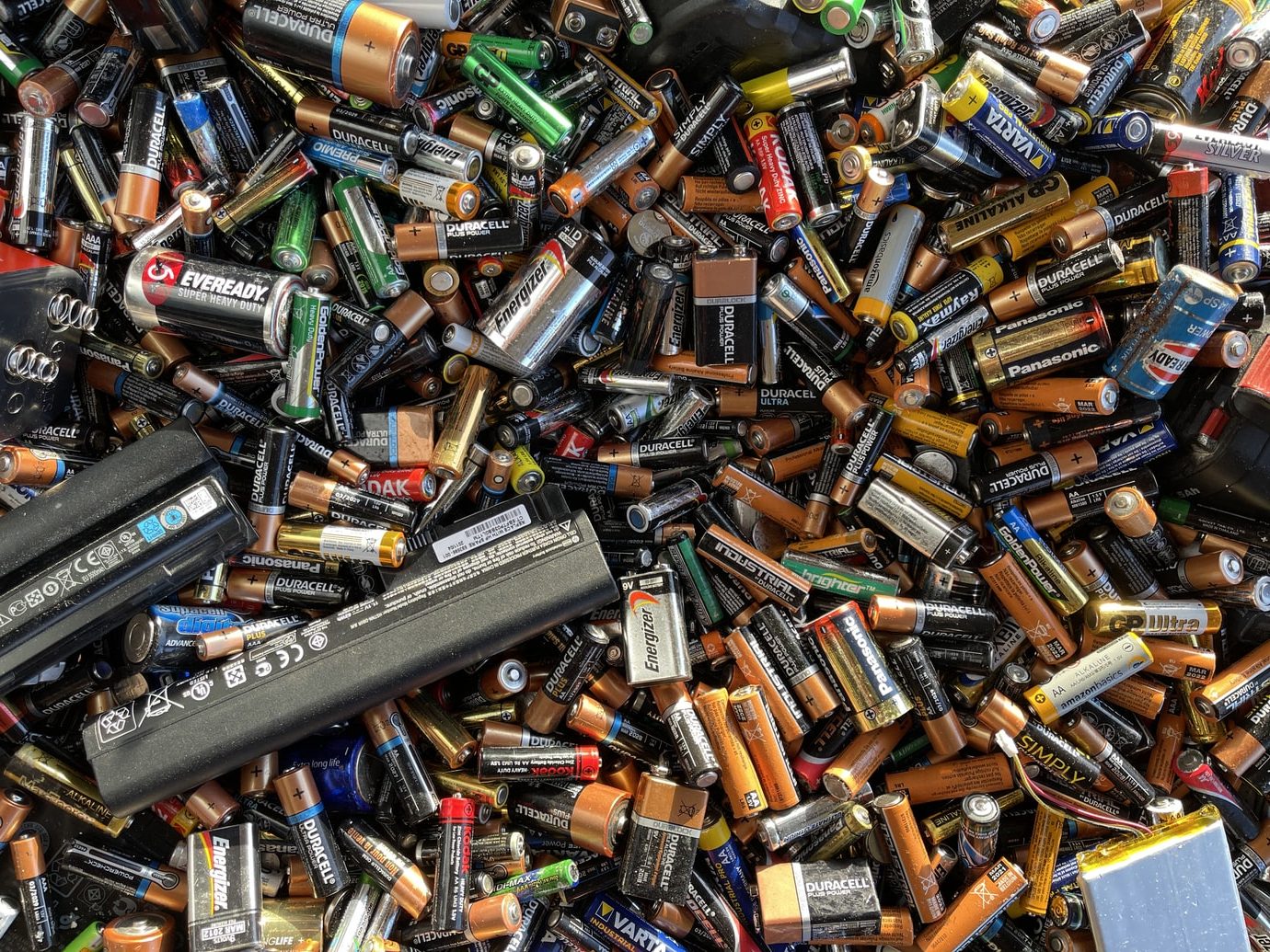Blog by Mireia Roura and Leandro Navarro
We are incredibly excited to launch the report “Bridging the Digital Divide” by the
Reuse network, one of our Policy-in-Practice grantees. Learn more about the findings
of the project in the blog below, and the detailed report.
Computers are important for social and economic development. They are key to running modern businesses and play an important role in education. However, extractivism, manufacturing, use and abuse, and premature recycling is causing many negative impacts for people and the planet. According to the ITU-T, by 2030, the ICT industry’s environmental footprint must be reduced to half of what it was in 2015 if it wants to develop in line with decarbonisation targets. However, we are facing the opposite trend: it is estimated that, by 2040, ICT-related emissions will account for 14% of global emissions due to an increase in consumption. Further compounding the issue, extractivism and manufacturing are associated with several human rights violations, while not all the citizens benefit from ICT: nearly 4 billion people still do not have the option to access ICT products and services.
Keeping products that are already manufactured in use is key in a circular economy, both from an eco-efficiency and from a sufficiency point of view. Reusing an electronic device avoids the manufacture of another device, and has an environmental advantage, since new natural resources are no longer extracted and the linear economy logic is broken. Furthermore, the use of energy is an important factor to consider in a computer’s entire life cycle, but that comes not only from the device but also from network services used. Preparation for reuse can be a source of income and direct or indirect job creation. It can also create more affordable markets for everyone and for the planet, as long as second-hand products can replace a new product.
Since 2003, eReuse ecosystems (circuits) have collected, refurbished and manufactured thousands of decommissioned computers from public and private institutions for second-hand use. In 2016, the Barcelona City Council decided to support the Barcelona eReuse ecosystem by donating their decommissioned devices. Together we developed policies and practices in compliance with legal and operational standard procedures (secure data wipe, remanufacturing and other needs of the reverse supply chain). Its example was followed by 45 Catalan companies and other regional municipalities. As a result, by mid-2020 we have produced an open dataset of devices and parts including over 10,000 computers.

With our open-source software tools and traceability until the final recycling of the devices, we have enough data for a preliminary analysis of the ecosystems’ regenerative capacities and evaluation of environmental, social and economic impact or reusing devices. Thanks to this experience, we have drawn some preliminary conclusions, especially with regard to public policies in different European locations, as a result of sharing and discussion of experiences and policy mechanisms with other European stakeholders (Amsterdam City Council, Allemaal-digitaal, Computer Aid and Kiel City Council). This has helped us to identify critical impact factors and modify some contractual conditions with our donor partners. We can conclude that, although reusing a device has almost always positive environmental impact, the economic benefit/cost balance, both for the entities of a reuse ecosystem and for the consumer, is not always positive; nor is the social impact.
Nowadays, our contracts and templates to facilitate the device reuse inspire and help
policymakers to
i) transfer the ownership of devices with different types of
clauses related to property rights,
ii) to regulate what type of electronic
devices can be donated based on what the circuit considers to have a positive
value,
iii) to regulate circular and social impacts by specifying end-user target
segments,
iv) to identify target refurbishing organisations with proven impact
accounting, and v) to obtain traceability, data integrity, and impact reports over a
process with multiple owners and possessors through a distributed ledger.
Finally, we have summarised in the report how policymakers can influence the acquisition, use, reuse and recycling of electronic devices through practices such as sustainable public procurement, circular use, repair/reuse and circular post-use.
